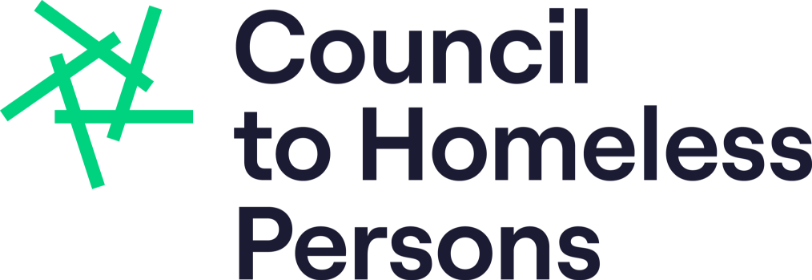by the Australian Institute of Health and Welfare’s Specialist Homelessness Services, Housing and Homelessness Reporting and Development Unit.
This article was originally published in the May 2024 edition of Parity magazine. Learn more about Parity including how to access full editions.
Governments fund Specialist Homelessness Services (SHS) agencies to provide support to those who are experiencing homelessness or are facing housing insecurity (at risk of homelessness). Data presented are based on SHS clients when they first presented to a SHS agency for support in 2022–23, including the services requested and outcomes achieved.
Older women facing homelessness – who are they?
Older women clients (aged 55 or over) accounted for around one in 10 (8.8 per cent) of all female SHS clients receiving support in 2022–23. Over the 11 years to 2022–23, the number of older women clients has increased from 7,300 clients in 2011–12 to 14,400 clients in 2022–23.
The majority of older women clients (around 60 per cent, or 8,600 clients) were returning clients in 2022–23, that is, they have been assisted by a SHS agency before (since the collection began in July 2011).
SHS clients can be experiencing homelessness or be at risk of homelessness. The biggest growth in older women clients was those at risk of homelessness, rising from 4,000 clients in 2011–12 to 9,200 clients in 2022–23.
While SHS agencies do not record the relationship status of clients, the SHSC does contain information about the living situation of the client in the week before they first presented to a SHS agency for assistance. Most older women clients in 2022–23 (87 per cent or 11,700 clients) were single (defined here as living alone, single parent with child/ren, group, or living with other family):
- 54 per cent (7,300 clients) were living alone
- 16 per cent (2,200 clients) were living with other family
- 11 per cent (1,500 clients) were a single parent with children

Where are they living? Housing situation before and after SHS support
In 2022–23, older women clients were more than twice as likely to be at risk of homelessness (9,200 clients) than experiencing homelessness (3,900) when they first sought SHS support.
Of those at risk of homelessness, older women were mostly living in private or other housing (renter, rent free or owner) (63 per cent or 5,800 clients); around a third (33 per cent, or 3,100 clients) were living in public or community housing (renter or rent free).
Of older women clients experiencing homelessness (3,900 clients), close to three-quarters (71 per cent, or 2,800 clients) were:
- couch surfing or with no tenure (1,400 clients), or
- living in short-term temporary accommodation (1,400 clients).
At the end of support for those with a known housing situation, a smaller proportion of clients were homeless (28 per cent of clients) and a larger proportion were in either public or private housing (77 per cent of clients).
Why do they seek assistance and what types of services do they need?
Older women generally sought assistance in 2022–23 for reasons including:
- housing crisis, for example, trouble securing tenure (20 per cent or 2,900 clients)
- domestic and family violence (19 per cent or 2,800), or
- financial difficulties (15 per cent or 2,200).
Services and assistance most commonly needed by older women clients during 2022–23 were largely related to accommodation needs:
- long-term accommodation (38 per cent needed this service type), with 6.1 per cent of these provided this assistance
- assistance to sustain tenancy or prevent tenancy failure or eviction (33 per cent), with 80 per cent provided this assistance
- short-term accommodation (26 per cent), with 46 per cent provided this assistance
- medium-term accommodation (20 per cent), with 15 per cent provided this assistance
Around one-fifth (20 per cent) of older women clients needed family or domestic violence assistance, with 88 per cent provided this assistance.
For more information, visit the AIHW pages ‘Specialist Homelessness Services Collection data cubes 2011–12 to 2022–23’ at https://www.aihw.gov.au/reports/homelessness-services/shsc-data-cubes/contents/data-cubes.
This article was originally published in Parity magazine. Learn more about Parity including how to access full editions.

